Open attic windows for last-resort ventilation?
wavy_glass
14 years ago
Related Stories

HEALTHY HOMEGet Cleaner Indoor Air Without Opening a Window
Mechanical ventilation can actually be better for your home than the natural kind. Find out the whys and hows here
Full Story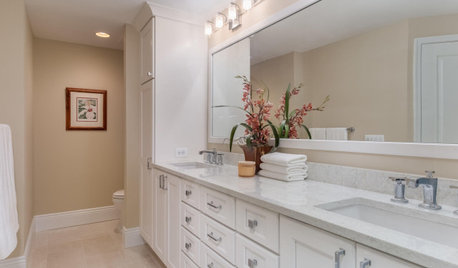
BATHROOM WORKBOOK5 Ideas to Open Up a Windowless Bathroom
Do you have a bathroom without natural light or a view? Here’s how to brighten it up
Full Story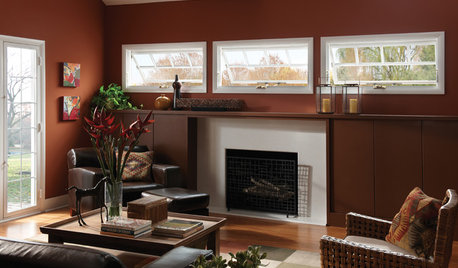
REMODELING GUIDESRenovation Detail: The Awning Window
Although they open from the bottom, awning windows are tops at boosting air circulation — even when the rain comes knocking
Full Story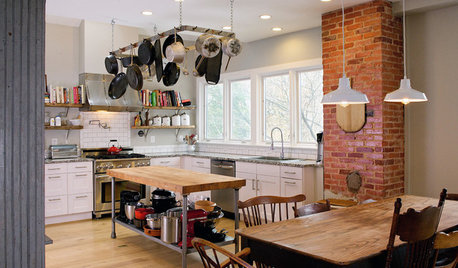
KITCHEN DESIGNNew This Week: 4 Kitchens That Embrace Openness and Raw Materials
Exposed shelves, open floor plans and simple materials make these kitchens light and airy
Full Story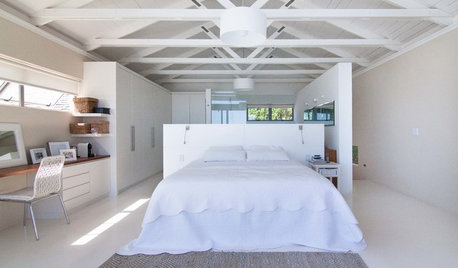
ARCHITECTUREDesign Workshop: The Open-Concept Bathroom
Consider these ideas for balancing privacy with openness in an en suite bathroom
Full Story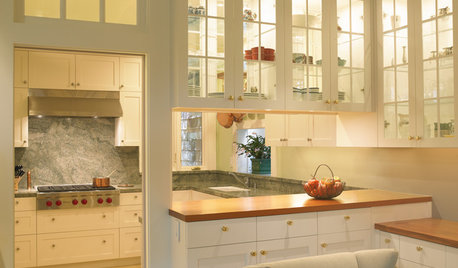
KITCHEN DESIGNHave Your Open Kitchen and Close It Off Too
Get the best of both worlds with a kitchen that can hide or be in plain sight, thanks to doors, curtains and savvy design
Full Story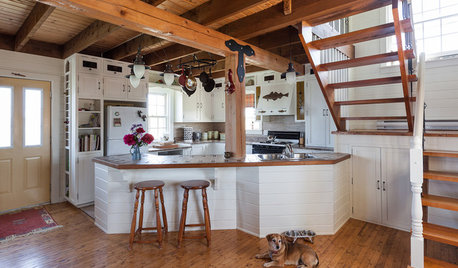
KITCHEN DESIGNOpen vs. Closed Kitchens — Which Style Works Best for You?
Get the kitchen layout that's right for you with this advice from 3 experts
Full Story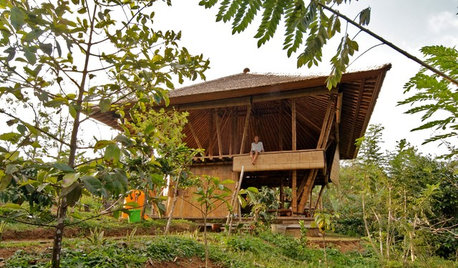
MOST POPULARMy Houzz: Open-Air Living in the Mountains of Bali
Community, jaw-dropping beauty and sustainability come together in a tropical paradise for a London expat
Full Story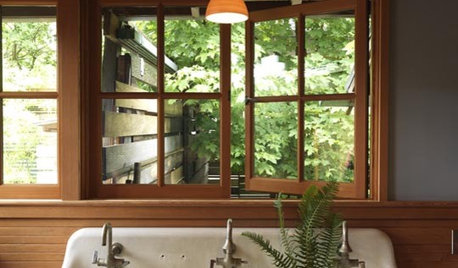
REMODELING GUIDESRenovation Detail: The Casement Window
If heaving open your windows leaves you winded, let the cranks or cam handles of casement windows bring in an easier breeze
Full Story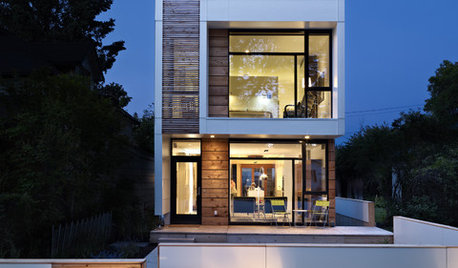
HOUZZ TOURSHouzz Tour: Wide-Open Views on a Narrow Canadian Lot
Expansive glass walls facing the street create openness, sun-filled rooms and closer relations with the neighbors
Full Story








calliope
macv
Related Professionals
Hammond Kitchen & Bathroom Designers · Ojus Kitchen & Bathroom Designers · Queen Creek Kitchen & Bathroom Designers · Saratoga Springs Kitchen & Bathroom Designers · South Barrington Kitchen & Bathroom Designers · Buffalo Grove Kitchen & Bathroom Remodelers · Elk Grove Village Kitchen & Bathroom Remodelers · Independence Kitchen & Bathroom Remodelers · Morgan Hill Kitchen & Bathroom Remodelers · Sicklerville Kitchen & Bathroom Remodelers · Walnut Creek Kitchen & Bathroom Remodelers · Wilmington Island Kitchen & Bathroom Remodelers · Carney Architects & Building Designers · Pembroke Architects & Building Designers · White Oak Architects & Building Designersmainegrower
wavy_glassOriginal Author
wavy_glassOriginal Author
wavy_glassOriginal Author
worthy
mainegrower
macv
mainegrower
wavy_glassOriginal Author